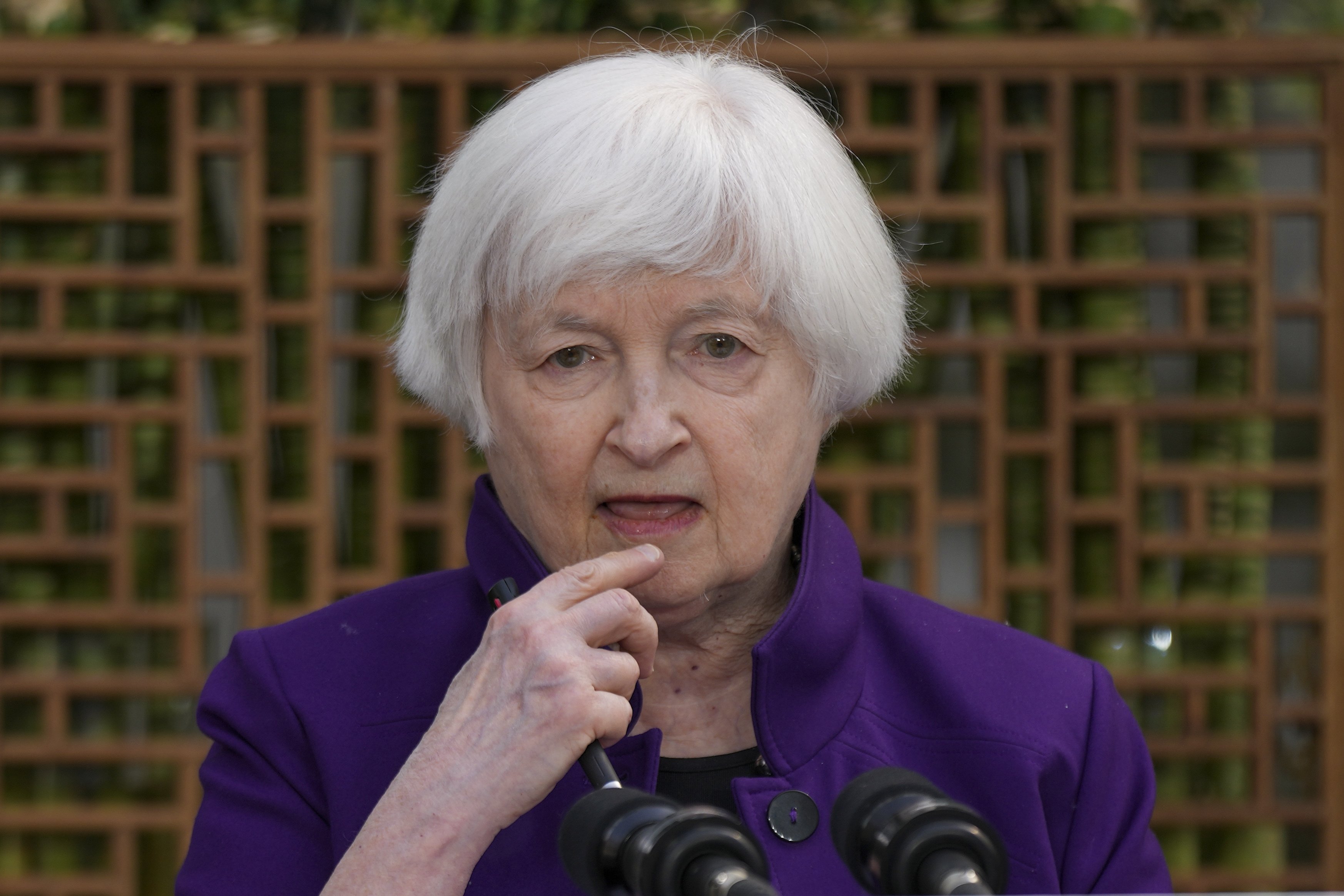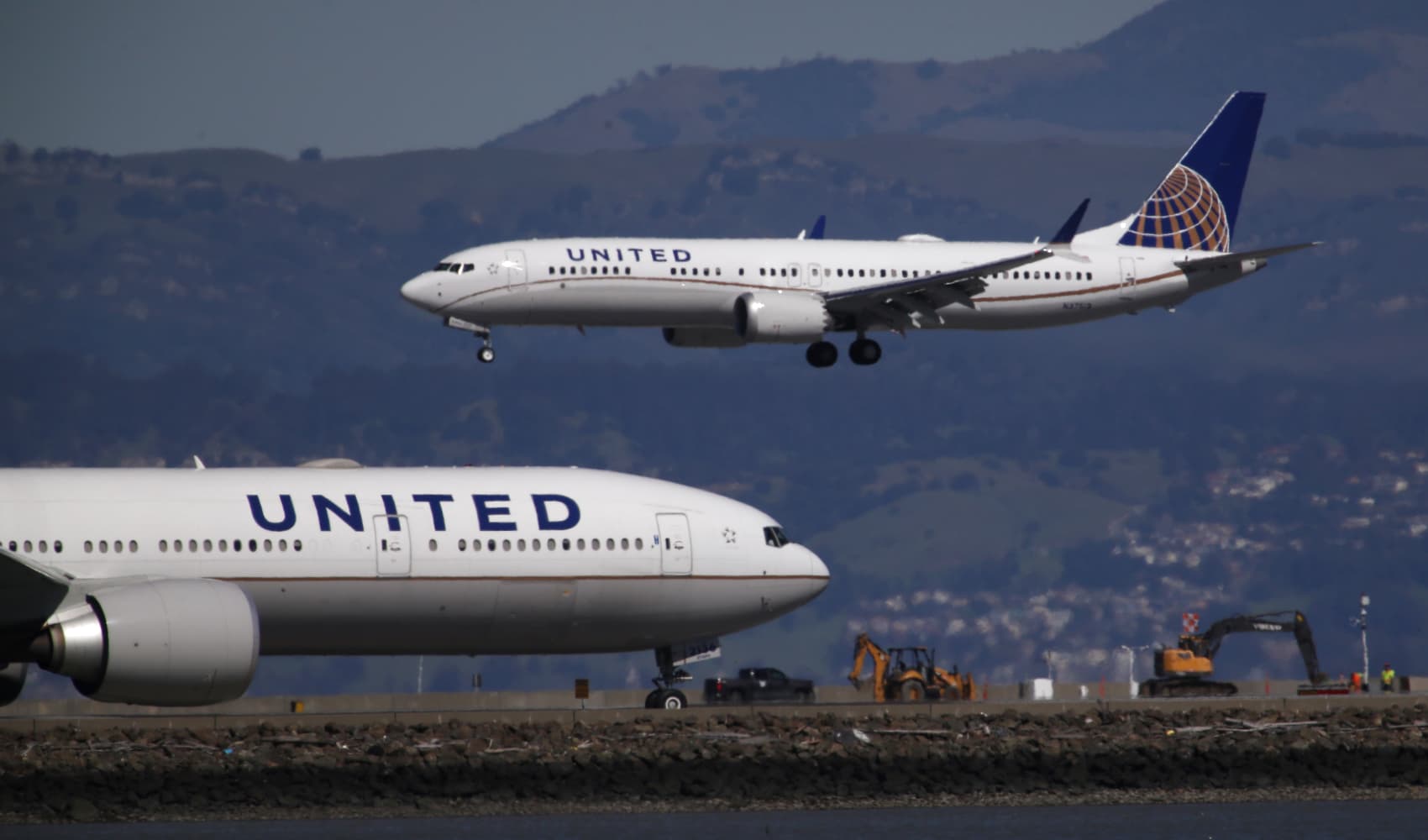What to Know
- President Trump's decision in December to recognize Jerusalem as Israel's capital ignited months of protests in the Palestinian territories
- Israel hosted a gala reception for Monday's embassy dedication that will include Ivanka Trump and Jared Kushner
- The protests along the Israel-Gaza border are expected to culminate Monday in parallel with the celebrations in Jerusalem and embassy move
On Monday, the United States moves its embassy in Israel from Tel Aviv to Jerusalem, the holy city at the explosive core of the Israeli-Palestinian conflict and claimed by both sides as a capital. The inauguration comes five months after President Donald Trump recognized Jerusalem as Israel's capital. Here's a snapshot of the city.
RECENT HISTORY
Jerusalem was partitioned after the Mideast war over Israel's 1948 creation, with Israel controlling the west and Jordan the east, including major shrines of Islam, Judaism and Christianity. In 1967, Israel captured east Jerusalem, along with the West Bank and Gaza Strip. It expanded the municipal boundaries into the West Bank, increasing the size of east Jerusalem and annexing it to its capital, a move not recognized by most of the international community.
Since the 1990s, the fate of the city has been a core issue in U.S.-brokered talks on setting up a Palestinian state alongside Israel, with the Palestinians seeking east Jerusalem as a capital. Intermittent negotiations have failed, most recently in 2014, and chances of resuming them are slim. Israeli Prime Minister Benjamin Netanyahu says he won't give up any part of the city, while Palestinian President Mahmoud Abbas says Trump's policy shift on Jerusalem disqualified the U.S. as a broker.
POPULATION
In 2016, Jerusalem was home to almost 883,000 people, 62 percent of them Jews and non-Arabs and 38 percent Palestinians. The Arab share of the population has grown steadily since 1967, in part because of a higher birth rate. After 1967, Israel built a ring of settlement neighborhoods in east Jerusalem to deepen its hold over the annexed area, where 207,000 Jews now live.
More than a decade ago, Israel built a West Bank separation barrier that slices through Arab neighborhoods in east Jerusalem, forcing tens of thousands of Palestinian residents of the city to cross crowded checkpoints to get to downtown areas. Israel says the barrier, which in urban areas is mainly made up of cement walls, is a defense against militants. Palestinians say it's a land grab.
U.S. POLICY
Most of the international community, including the U.S., did not recognize Israel's 1967 annexation of east Jerusalem. The prevailing view, including by the European Union, is that the fate of the city must be determined in negotiations.
U.S. & World
In 1995, Congress passed a bill with bi-partisan support that recognized Jerusalem as Israel's capital and required the U.S. Embassy to move there. Until now, presidents had signed a waiver every six months that put off the move on security grounds.
The U.S. stance on east Jerusalem now has been thrown into confusion. In its December announcement, the Trump administration emphasized that recognition of Jerusalem as Israel's capital does not change its stance that the two sides must work out the city's final status. But Trump quickly appeared to contradict that, declaring, "We took Jerusalem off the table."
EMBASSY'S LOCATION
In their 1949 armistice agreement, Israel and Jordan drew a "Green Line" of partition through the city. In one area of southeastern Jerusalem, they couldn't agree and created a pentagon-shaped "area between the lines."
The new embassy will operate temporarily from the U.S. Consulate compound, which is partially located in the old no man's land and partially in west Jerusalem. The U.N. considers the area of the pentagon to be occupied territory because neither Israeli nor Jordanian forces were supposed to enter it after 1949, according to a senior U.N. official who spoke on condition of anonymity because he was not authorized to discuss the politically touchy issue with the media.
The State Department, presenting a defense of the location, argues that in practice, part of the no man's land has been in continuous Israeli use since 1949.



